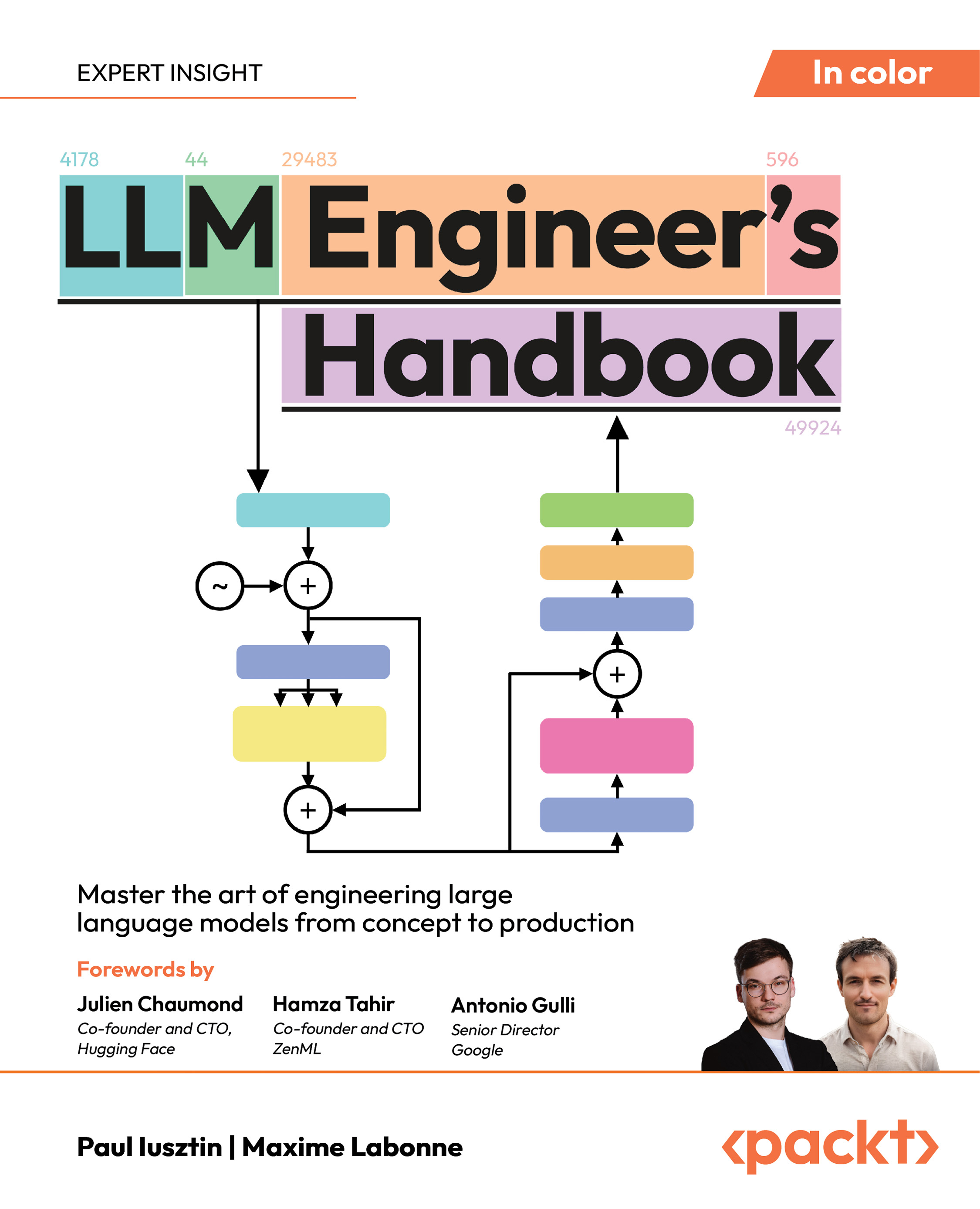Angular
Latest updates to effect() in Angular - Angular’s developer preview process enables us to give developers a chance to try out APIs and features before they are promoted to production, and allows us the flexibility to adjust those APIs in response to real-world usage and feedback. Through this feedback on theeffect() API during its developer preview, we’ve identified several improvements to the design that will address real issues with both functionality and developer experience. Read about changes to the API here.
Django
Django bugfix release issued: 5.1.2 - The5.1.2bugfix release is here. The release package and checksums are available fromour downloads page, as well as from the Python Package Index.
Laravel
Laravel 11.27 Released - This week, the Laravel team released v11.27, with a configurable default currency in the Number helper, a Str::doesnt Contain() method, Schema::hasTable() performance improvements, and more.
Prism is an AI Package for Laravel - Prism is a powerful Laravel package for integrating Large Language Models (LLMs) into your applications. Using Prism, you can easily use different AI providers using the package's driver pattern, which gives you a unified interface to work with popular AI providers out of the box. Prism has three built-in providers available at the time of writing—Anthropic, Open AI, and Ollama—with the ability to create custom drivers
PostgreSQL
PostgreSQL 17 Released! - ThePostgreSQL Global Development Grouptoday announced the release ofPostgreSQL 17, the latest version of the world's most advanced open source database. This release of PostgreSQLadds significant overall performance gains, including an overhauled memory management implementation for vacuum, optimizations to storage access and improvements for high concurrency workloads, speedups in bulk loading and exports, and query execution improvements for indexes.
Ruby on Rails
The first beta of Rails 8 is out! While the release notes are getting ready, have a look at the changes and give it a go.
DHH keynote from Rails World
The first talk recording from Rails World is up, and David goes over everything that went into Rails 8 and beyond.
Drop support to Ruby 3.1
Rails 8 will require Ruby 3.2.0 or newer.
Add TaggedLogging#logger constructor for more pleasant logging interface
This updates the default logger in production to useActiveSupport::TaggedLogging.logger(STDOUT).
Make Active Model Serialization “read_attribute_for_serialization” public
Since this method was already mentioned in the public documentation, the team decided it’s worth making it public and document the behavior.
Update generated application.css with Propshaft
Now that Propshaft is the only asset pipeline, we no longer need these= requiredirectives in the generated application.css file.
Revert inferring inverse_of for Delegated types
Automatically inferring:inverse_ofis incompatible with records that do not declare inverse associations. The team decided to revert this change to unblock the release of Rails 8.
Svelte
Legacy components can now be manually instantiated asynchronously with thesyncoption (5.0.0-next.237,#12970)
Theeachblock is now much better in SSR mode - removing an unnecessary declaration and caching the length of the array before iterating over it (5.0.0-next.242,#13060)
A callstack will now appear if an infinite loop is detected - with the last ten effects printed out - in development mode (5.0.0-next.246,#13231)
Projects that use@sveltejs/enhanced-imgshould see a much smaller bundle thanks to module variables being inlined into the template (5.0.0-next.246,#13075)
There are now a11y warnings for<button>/<a>elements that are missing an aria-label and content (5.0.0-next.250,#13130)
Animations now take into accountzoomwhen calculating transforms (5.0.0-next.254,#13317)
<svelte:self>is now deprecated in runes mode. It's not necessary since components can now import themselves (5.0.0-next.256,#13333)
svelte-check, the CLI is used by almost every Svelte project, is now much smaller (repo,post)
 United States
United States
 Great Britain
Great Britain
 India
India
 Germany
Germany
 France
France
 Canada
Canada
 Russia
Russia
 Spain
Spain
 Brazil
Brazil
 Australia
Australia
 South Africa
South Africa
 Thailand
Thailand
 Ukraine
Ukraine
 Switzerland
Switzerland
 Slovakia
Slovakia
 Luxembourg
Luxembourg
 Hungary
Hungary
 Romania
Romania
 Denmark
Denmark
 Ireland
Ireland
 Estonia
Estonia
 Belgium
Belgium
 Italy
Italy
 Finland
Finland
 Cyprus
Cyprus
 Lithuania
Lithuania
 Latvia
Latvia
 Malta
Malta
 Netherlands
Netherlands
 Portugal
Portugal
 Slovenia
Slovenia
 Sweden
Sweden
 Argentina
Argentina
 Colombia
Colombia
 Ecuador
Ecuador
 Indonesia
Indonesia
 Mexico
Mexico
 New Zealand
New Zealand
 Norway
Norway
 South Korea
South Korea
 Taiwan
Taiwan
 Turkey
Turkey
 Czechia
Czechia
 Austria
Austria
 Greece
Greece
 Isle of Man
Isle of Man
 Bulgaria
Bulgaria
 Japan
Japan
 Philippines
Philippines
 Poland
Poland
 Singapore
Singapore
 Egypt
Egypt
 Chile
Chile
 Malaysia
Malaysia













